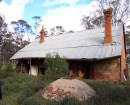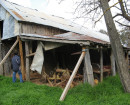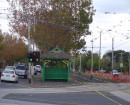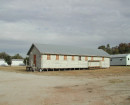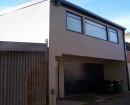Boroondara Cemetery, Springthorpe Memorial
440 High Street KEW, BOROONDARA CITY
Barrington Avenue Precinct, Kew
-
Add to tour
You must log in to do that.
-
Share
-
Shortlist place
You must log in to do that.
- Download report


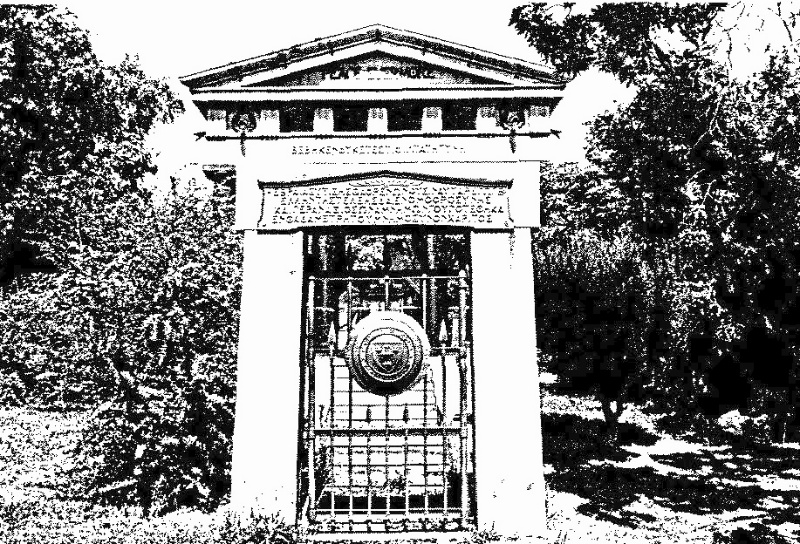
Statement of Significance
Significance of Individual Memorial
The Springthorpe memorial is of significance as one of the most exciting and scholarly memorials to have been built in Australia, for the outstanding use of a variety of materials in its execution, and the quality of its workmanship.
Significance of Boroondara Cemetery
Boroondara Cemetery is an historic site of significance to Kew,that contains monuments of wider significance. Four monuments within the cemetery have been designated as Grade A structures (mainly on architectural grounds), however the cemetery's significance lies in its overall intact state and the historic nature of many of the graves within it, and for its proximity to Victoria Park.
-
-
Boroondara Cemetery, Springthorpe Memorial - Physical Description 1
Originally set aside for reserve purposes, a portion of a triangle of land situated almost in the centre of Kew, was proclaimed the Boroondara Cemetery in 1859[16] The planning of the cemetery was carried out by J.F. Higgins of the Lands Department[17] and the first burial, at what was later to become one of Melbourne's historic landmarks, noted particulary for its memorials, took place on 12 March 1859[18].
Dr John Springthorpe commissioned this memorial to be built for his wife, Annie, who died in January 1897[19]. Likened to a classic Greek doric temple[20], the marble sculpting of the tomb was carried out by Benram McKennal[21] while the iron sculpture was executed by Webb Gilbe[22] An article in the Argus at the time considered the memorial to be '...the most beautiful work of its kind in Australia ...'[23] The memorial is scholarly in its design, exciting in the use of a variety of materials, and beautifully executed. The materials adopted in the work include the Ionian order columns executed in black, Labrador granite [24], grey granite to the entablatures and pediments, wrought iron on the balustradings, vibrantly coloured leadlight to the domed ceiling and mosaics and encaustic tiles to the floor. In addition to the temple form of the memorial itself, it was given an impressive entrance way that remains substantially intact, built in grey granite with metal plaques and gate.
References --
1 Clerehan, N., 'Three Tombs', in Historic Environment, Yol.2, NoA, 1982, p.23
2 ibid.
3 Barnard, F.G.A., The Jubilee History of Kew, p.l04
4 ibid.
5 ibid.
6 Clerehan, op.cit., p.28
7 National Trust of Aust.(Yic), 'Historic Buildings Documentation- Springthorpe Memorial', held in
File No.1556
8 HBC, 'Amendment of Register of Historic Buildings - Springthorpe Memorial', 30 March 1982, held
in file No.81!184
9 National Trust of Aust.rVic). loc.cit.
10 Argus, 26 March 1933, quoted in HBC, ibid.
11 Clerehan op. cit., p.26
Heritage Study and Grading
Boroondara - City of Kew Urban Conservation Study
Author: Pru Sanderson Design Pty Ltd
Year: 1988
Grading: A
-
-
-
-
-
XAVIER COLLEGE
 Victorian Heritage Register H0893
Victorian Heritage Register H0893 -
D'ESTAVILLE
 Victorian Heritage Register H0201
Victorian Heritage Register H0201 -
SPRINGTHORPE MEMORIAL, BOROONDARA GENERAL CEMETERY
 Victorian Heritage Register H0522
Victorian Heritage Register H0522
-
"1890"
 Yarra City
Yarra City -
"AMF Officers" Shed
 Moorabool Shire
Moorabool Shire -
"AQUA PROFONDA" SIGN, FITZROY POOL
 Victorian Heritage Register H1687
Victorian Heritage Register H1687
-
-






